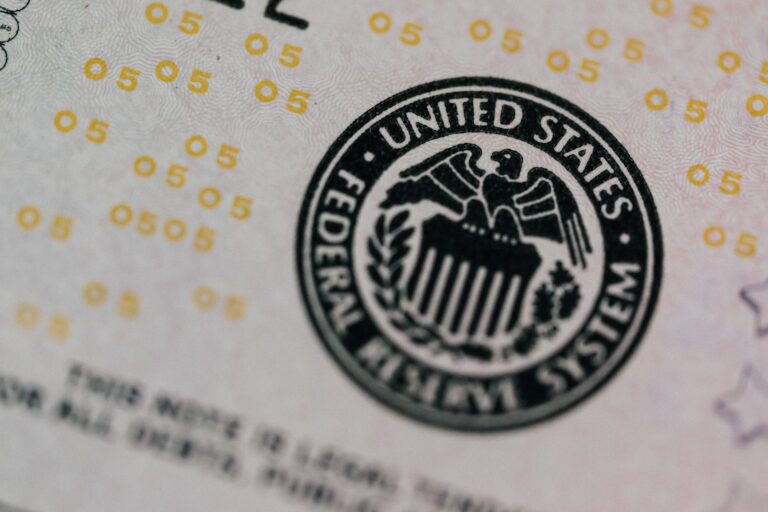
Morning Brief – EU2
There have been significant developments in the monetary and therefore currency outlook in both the Eurozone and the United States. Unfolding and gathering pace during the US and Asian trading sessions, the price output has been limited with major crosses largely unchanged from their median price yesterday. It has been reported that policy makers in the Euro area have made the cognitive shift to target 2% inflation directly and allow a tolerance for higher rates without the need to necessarily change policy in response. In the US, the minutes from a recently passed relatively hawkish Federal Reserve meeting have shown policy makers persuasion towards tighter policy but enduring concern over the hazy economic outlook. So how will these shifts impact the EURUSD currency pair and the wider market?
The shift towards 2% inflation might not seem like a huge deal. Most core G10 currencies hold a similar target and notably the Federal Reserve and the Bank of England both hold an explicit 2% target at the core of their mandate over price stability. The previous Euro area inflation target had been around for a long time and read ‘close but just below 2%’. Partly due to the youth of the Euro area project and also a result of persistently low inflation post-European debt crisis, the ECB had adopted one of the vaguest inflation targets around. The debate surrounding what ‘close but just below’ meant in terms of numbers still never saw a conclusive answer being produced. It is clear however that the new target of 2% that has emerged in the last 24 hours represents a higher rate of inflation for the Eurozone with a tolerance for considerably higher transitory rises.
When the US signalled towards a similar path some months ago we analysed in depth how the US Dollar might react. If you recall, the impact on the currency in question would revolve around to what extent higher inflation encouraged lower short term rates for longer and even lower real yields as inflation ran hot versus the economic growth and longer-run steeper yield curve that might attract demand to the currency later on. In the case of the Eurozone, with deeply negative nominal rates, its position as the funding currency of choice across the market will be further embedded. The expectation of inflation in the Eurozone will be welcome to many who have seen inflation consistently miss its target for months and years on end. For now, this shift will continue to limit long exposures to the Euro, because investors and holders of Euros will continue to be deterred by the associated and rising immediate costs. This deeply negative yield necessitates that any exposure to the Euro on virtually any currency cross, aside from EURCHF, makes Euros more costly on forward versus spot prices.
The minutes for the latest June meeting of the Federal Reserve were released last night. The market had placed a huge emphasis on these minutes ahead of their release. The June meeting was a critical turning point for the Federal Reserve and indeed the US Dollar. Accordingly, bond markets and the Dollar on a trade weighted basis had relatively stagnated with markets wanting more information on policy makers’ opinion following the monetary inflection point. The forward guidance from the meeting noted the requirement to move towards tighter policy from a QE and interest rate perspective and showed that policy makers expected two rate hikes in 2023. The requirement to shift gear towards tighter policy from a policy rather than merely rhetorical or cognitive perspective centred around whether ‘substantial further progress’ had been observed in the real economy.
The minutes showed overwhelmingly that the committee had not identified substantial further progress in the economy’s bounce back from the coronavirus pandemic. Conditions have therefore not been met for more immediate policy amendments. Whilst this was the most likely outcome, the minutes last night will price out any positions hoping for a more immediate recovery in both economic growth and accompanying policy. With looser rates in both the Euro and US currency areas therefore to be expected in the short-run, the change in EURUSD has been minimal with both currencies facing concurrent and similar ailments.
Discussion and Analysis by Charles Porter

Click Here to Subscribe to the SGM-FX Newsletter
Related Insights

Daily Brief – Weak foundations
Weak foundations After a rally of around 15% year to date, there is significant cognitive and technical room for consolidation within EURUSD. Implied volatility has been rising given the macroeconomic backdrop that markets have encountered this year. Even within such an environment, a 15% rally in the market’s most traded instrument is still enormous. But […]

Daily Brief – Weren’t Tariffs USD Negative?
Weren’t Tariffs USD Negative? The Dollar proved sensitive to headlines regarding trade during the US overnight session. However, contrary to what many commentaries would have you believe, as the risk of tariffs escalated the Dollar rose. The 90-day pause following Trump’s April ‘liberation day’ tariffs had been set to expire this coming Wednesday. To the […]

Daily Brief – Dollar Reserves
Dollar Reserves With the passing of Trump’s original deadline for the reimposition of liberation day tariffs yesterday, markets have breathed a sigh of relief. July VIX futures continued to slide lower. Moreover, what may surprise anyone who had been expecting the issue of tariffs to resurface following the passing of Trump’s new deadline, so too […]



 Charles Porter
Charles Porter